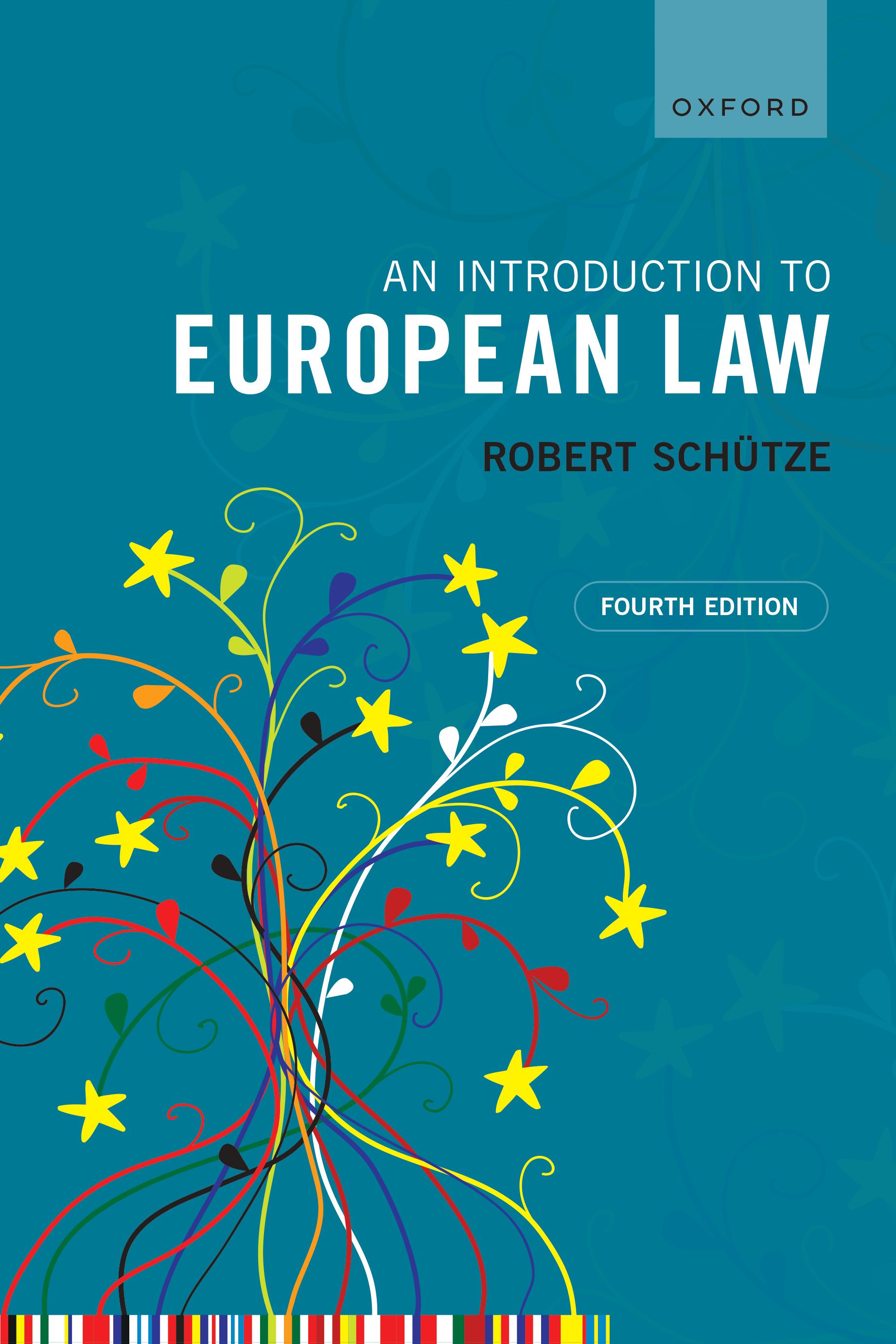1. Direct Applicability and Direct Effect
2. Direct Effect of Primary Law
3. Direct Effect of Secondary Law: Directives
4. Indirect Effects Through National and European Law
Introduction*
Classic international law holds that each State can itself determine the relationship between its ‘domestic’ law and ‘international’ law. Two—constitutional—theories thereby exist: monism and dualism. Monist States make international law part of their domestic legal order. International law will here directly apply as if it were domestic law. By contrast, dualist States consider international law separate from domestic law. International law is viewed as the law between States; national law is the law within a State. While international treaties are thus binding—externally—‘on’ States, they cannot be binding ‘in’ States. International law here needs to be ‘transposed’ or ‘incorporates’ into domestic law and may, at most, have indirect effects through the medium of national law. For an illustration of the two theories see Figure 5.1.
Did the European Union leave the choice between monism and dualism to its Member States? Section 1 examines this question in greater detail, and we shall see there that the Union insists on a monistic relationship between European and national law. This, in particular, means that the Union will itself determine the effect of its law in the national legal orders. The remainder of this chapter then explores the doctrine of direct effect for European law. Section 2 starts out with the direct effect of the European Treaties. The European Treaties are, however, mainly framework treaties; that is: they primarily envisage the adoption of European secondary law and especially EU legislation. This secondary law may take various forms. These forms are set out in Article 288 TFEU. The provision defines the Union’s legal instruments, and states:
The provision acknowledges three binding legal instruments—regulations, directives, and decisions—and two non-binding instruments. Why was there a need for three types of binding instruments? The answer seems to lie in their specific—direct or indirect—effects in the national legal orders. While regulations and decisions were considered to be Union acts that would contain directly effective legal norms, directives appeared to lack this capacity. Much of the constitutional discussion on the direct effect of European secondary law has consequently concentrated on the direct effect of directives. Section 3 will look at them specifically in much detail. Finally, Section 4 analyses the doctrine of indirect effect within the Union legal order.
*All footnotes have been excluded from this excerpt.


